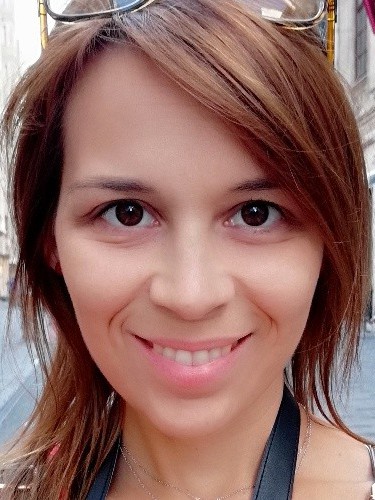resumo
Embedded bio-printing has fostered significant advances toward the fabrication of soft complex tissue-like constructs, by providing a physical support that allows the freeform shape maintenance within the prescribed spatial arrangement, even under gravity force. Current supporting materials still present major drawbacks for up-scaling embedded 3D bio-printing technology towards tissue-like constructs with clinically relevant dimensions. Herein, we report a a cost-effective and widely available supporting material for embedded bio-printing consisting on a continuous pseudo-plastic matrix of xanthan-gum (XG). This natural polisaccharide exhibits peculiar rheological properties that have enabled the rapid generation of complex volumetric 3D constructs with out-of-plane features. The freedom of design within the three orthogonal axes through the independent and controlled bio-printing process opens new opportunities to produce on demand large arbitrary shapes for personalized medicine. Additionally, we have demonstrated the versatile functionality of XG as a photocurable gel reservoir to engineer perfused cell-laden hydrogel constructs, addressing other practical biomedical applications such as in vitro models and organ-on-chip platforms.
palavras-chave
XANTHAN GUM; HYDROGELS; NETWORKS
categoria
Engineering; Materials Science
autores
Patricio, SG; Sousa, LR; Correia, TR; Gaspar, VM; Pires, LS; Luis, JL; Oliveira, JM; Mano, JF
nossos autores
Grupos
G4 - Materiais Renováveis e Economia Circular
G5 - Materiais Biomiméticos, Biológicos e Vivos
Projectos
agradecimentos
This work was financially supported by the Programa Operacional Competitividade e InternacionalizacAo (POCI), in the component FEDER, and by national funds (OE) through FCT/MCTES, in the scope of PANGEIA (PTDC/BTM-SAL/30503/2017) and MARGEL (PTDC/BTM-MAT/31498/2017) projects. This work was also developed within the scope of the project CICECO-Aveiro Institute of Materials (UIDB/50011/2020 & UIDP/50011/2020) financed by national funds through the FCT/MCTES. The costs resulting from the FCT hirings is funded by national funds (OE), through FCT in the scope of the framework contract foreseen in the numbers 4, 5 and 6 of the article 23, of the Decree-Law 57/2016, of August 29, changed by Law 57/2017, of July 19. LSCM image acquisition was performed in the LiM facility of iBiMED, a node of PPBI (Portuguese Platform of BioImaging) with grant agreement number POCI-01-0145-FEDER-022122.








